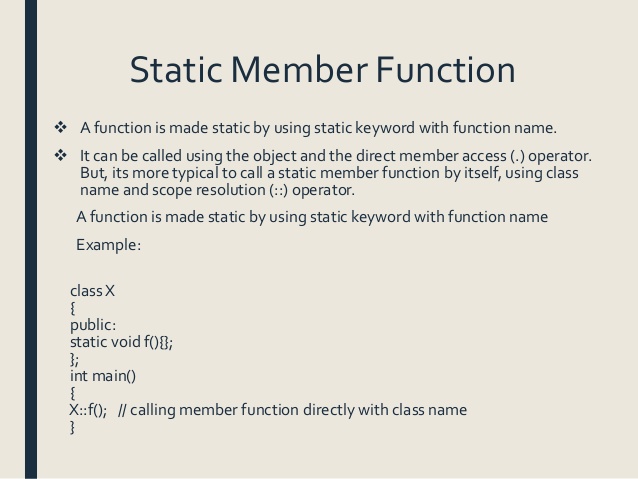Friend Function in C++

Friend Function in C++ Welcome to C++ Programming. In this article, we will talk about friend Function and friend Class trying to understand what do they mean and why are they useful in C++ design process. These will be the module outline we will take examples of Matrix Vector Multiplication and Linked List, and finally will end with somenotes. As you know as usual the outline will be available on the left of your slide So, let us first introduce the basic notion of friend function. On the left you have the view of ordinary function. So the situation is like this, that I have a class myclass which as some private data, it has a constructor, and it has; I am sorry if just ignore this line. I have this function written outside of this class which is trying to do something with the class. What is it doing? It takes an object of the class by reference parameter call by reference, and then it tries to print the data element component of that objective. Now, what do we know, this is priva...



